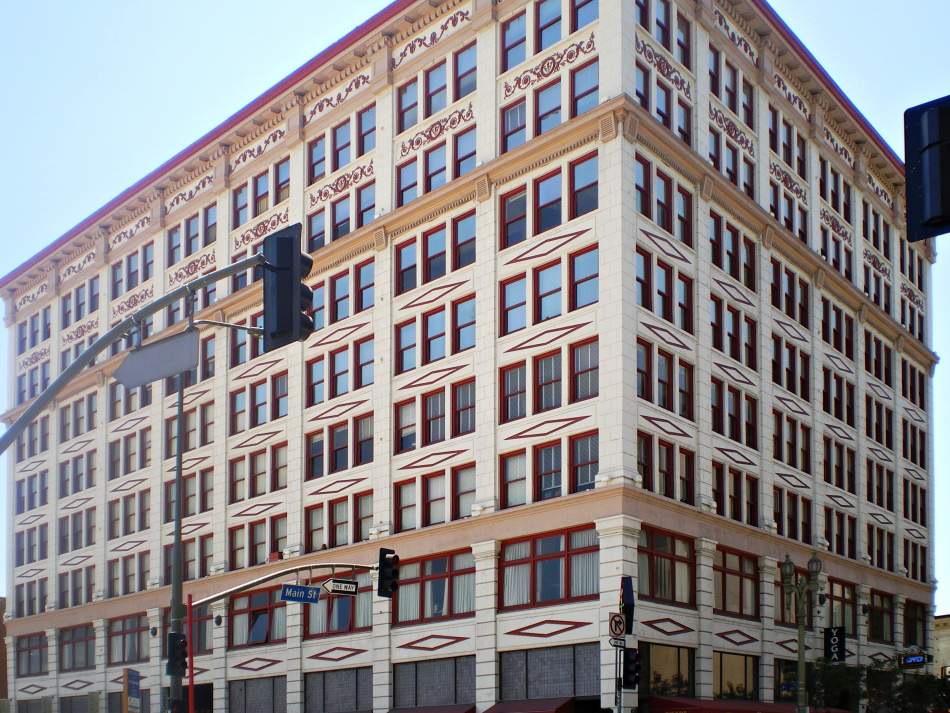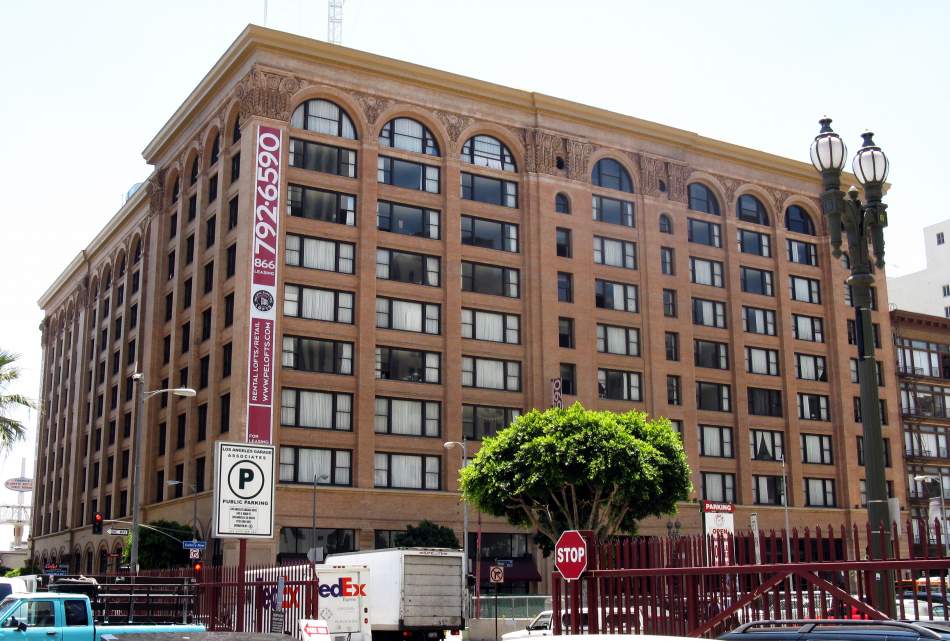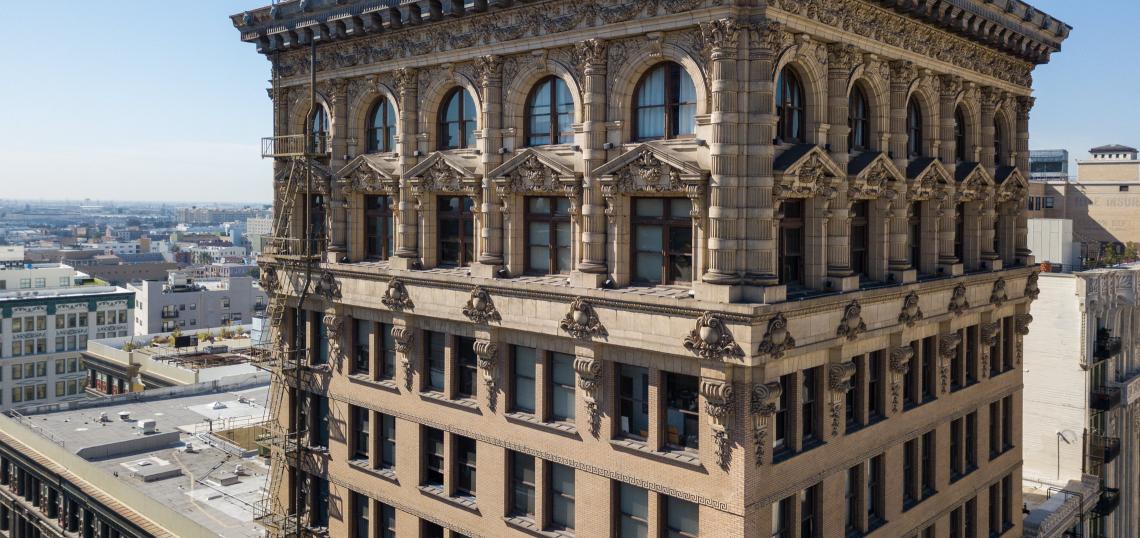As in other cities across the globe, the economic slowdown resulting from the COVID-19 pandemic has dealt a blow to hotels and office buildings in Los Angeles. Those suddenly empty and underutilized buildings could be the key to spurring the region's economic recovery, according a white paper published by the Central City Association and real estate firm Gilmore Associates.
 The San Fernando Building in Downtown Los Angeles, which was converted to housing through the adaptive reuse ordinanceWikimedia Commons
The San Fernando Building in Downtown Los Angeles, which was converted to housing through the adaptive reuse ordinanceWikimedia Commons
“The Adaptive Reuse Ordinance was one of the most critical components of the revitalization of Downtown Los Angeles, said architect Karin Liljegren of Omgivning, whose firm consulted on the report. “If updated and expanded throughout the city, it could be an important component for creating housing, maintaining our neighborhoods’ culture, and doing it all in the most sustainable way possible.”
The recommendations from Omgivning, which specializes in restoration and adaptive reuse projects, include:
- adopt a new ordinance to expand adaptive reuse citywide, using the framework proposed by the DTLA 2040 plan and re:code LA;
- update adaptive reuse policies to allow to by-right conversion of buildings completed after 1974;
- expand adaptive reuse to include light-industrial zones that have fallen out of use;
- adjust floor area calculations for adaptive reuse projects;
- remove requirements to maintain loading dock areas; and
- support state legislation such as SB 6 and AB 115 to allow housing in commercial zones statewide.
Although some reports indicate that the Los Angeles office market has weathered the extreme conditions of 2020 better than other regions like New York and the Bay Area, the long-term effects of the pandemic remain to be seen. CoStar has estimated that three quarters of U.S. office workers are able to work from home - a figure that jumps to 80 percent in Los Angeles.
Converting 5 and 10 percent of the city's roughly 155,000,000 square feet of office space to housing could result in between 8,000 and 16,000 new homes, according to the report. That number could increase if hotels, retail buildings, and other industrial structures also qualified for adaptive reuse.
 The Pacific Electric Building in Downtown Los Angeles, which was converted to housing through the adaptive reuse ordinanceWikimedia Commons
The Pacific Electric Building in Downtown Los Angeles, which was converted to housing through the adaptive reuse ordinanceWikimedia Commons
The recommendations come at a time at which the City of Los Angeles faces the daunting task of planning for more than 450,000 new homes due to the Southern California Association of Governments' updated regional housing needs assessment - by far the largest number in the city's history. Likewise, researchers have found the County as a whole has a shortage of more than 500,000 affordable housing units.
Historically, adaptive reuse has been a bright spot for housing production in Los Angeles. The conversion of older office buildings in Downtown has generated more than 12,000 residential units over the past two decades.
More recently, members of the Los Angeles City Council considering exploring an expansion of adaptive reuse outside of the Downtown area. However, current proposals are restricted to moderate-income housing, permanent supportive housing, and interim housing.
- Adaptive Reuse (Urbanize LA)






